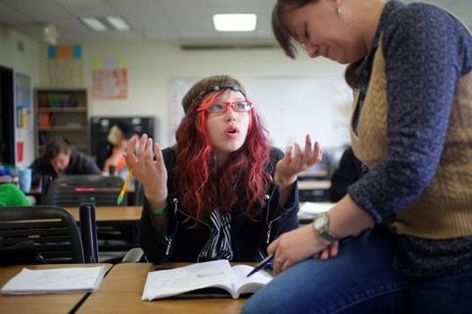Golfers will have a chance to win Seattle Seahawks tickets with sideline passes

Source: NWIC
On Friday September 6, Northwest Indian College (NWIC) Foundation will host the 11th Annual Big Drive for Education Golf Scramble, the college’s biggest annual athletics fundraiser that supports student athletes and athletic programs.
The scramble will begin with a 1 p.m. shotgun start, in which all golfers tee off at different holes at the same time. The event will take place at the Sudden Valley Golf & Country Club on Lake Whatcom in Bellingham.
Last year’s event garnered more than $19,000 and this year’s goal is to raise $25,000. The Golf Scramble provides financial resources, such as athletic scholarships, for NWIC student athletes, and supports the development of the college’s health and fitness programs.
NWIC sports include: women’s volleyball, men’s basketball, women’s basketball, co-ed softball, cross country, canoeing, tennis, and golf.
Registration rates are $800 for teams of four golfers or $200 for individual registrants who would like to be placed on teams. Costs include registration, carts, green fees, range balls, dinner and raffle tickets.
This year’s Golf Scramble will include a silent auction and a raffle with prizes that include Seattle Seahawks tickets with sideline passes. Players will also have an opportunity to win the “hole-in-one” car.
Winning teams will receive the President’s cup trophy and NWIC Golf Scramble jackets. There will be a jackets awarded to the top women’s team as well as medals to the winners of the side games.
Sponsorship opportunities for this year’s Golf Scramble are:
Premiere: $10,000
- Reserved table and seating for eight at golf awards banquet
- Name listing and logo in promotional literature
- Golf registration for two teams of four (eight golfers)
- Signage with logo at the event
- Honorable mention throughout the event
Soaring Eagle: $5,000
- Reserved table and seating for eight at golf awards banquet
- Name listing and logo in promotional literature
- Golf registration for two teams of four (eight golfers)
- Signage with logo at the event
- Honorable mention throughout the event
Hawk: $2,500
- Reserved table and seating for four at golf awards banquet
- Name listing in promotional literature
- Golf registration for one team (four golfers)
- Signage at the event
- Honorable mention throughout the event
Birdie: $1,250
- Reserved table and seating for eight at golf awards banquet
- Name listing and in promotional literature
- Golf registration for on team (four golfers)
- Signage at the event
- Honorable mention throughout the event
Tee Sponsors
- $500: Name listed in promotional materials, signage at tee and green
- $250: Signage at tee and green
- $150: Signage at tee OR green
For sponsorship and registration information or for questions, email mariahd@nwic.edu or call (360)392-4217.




